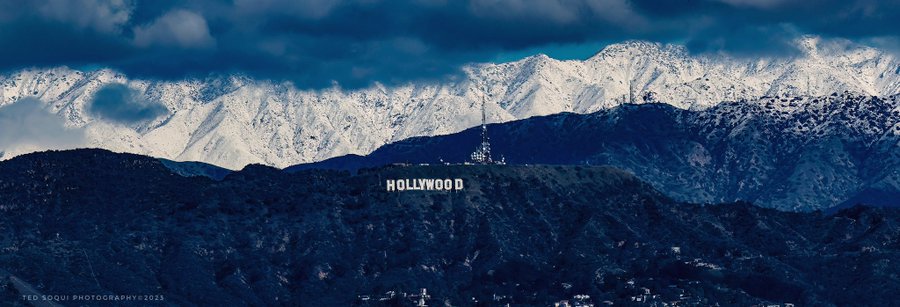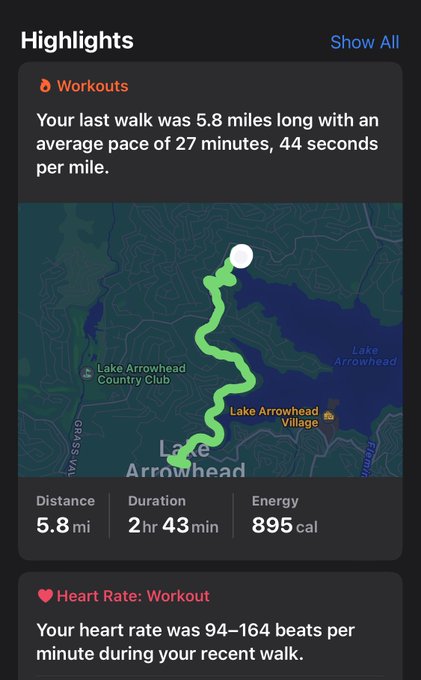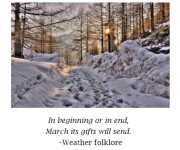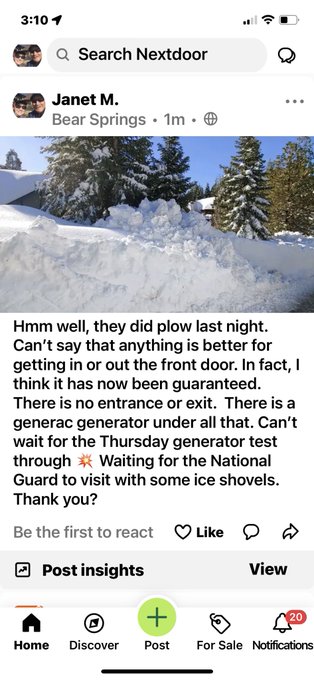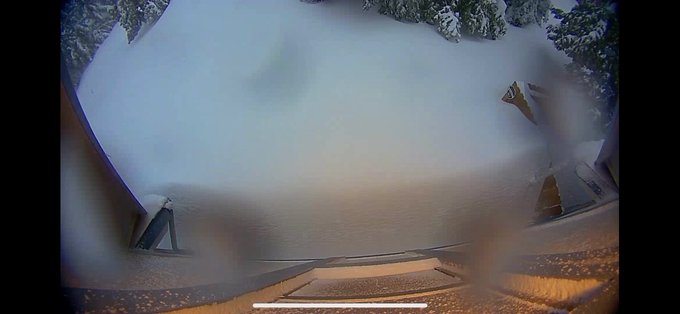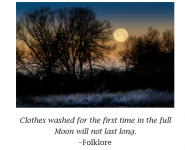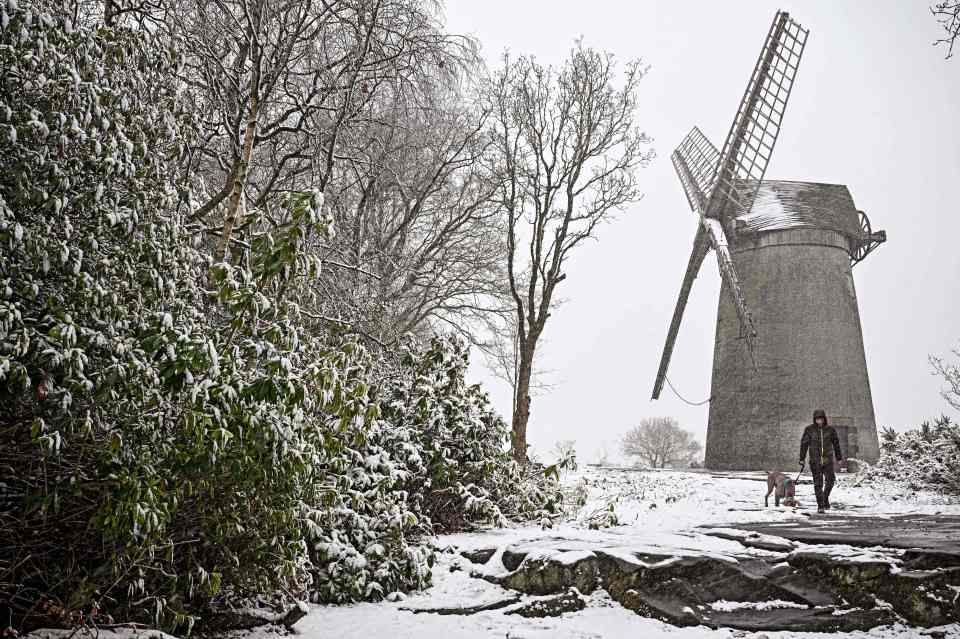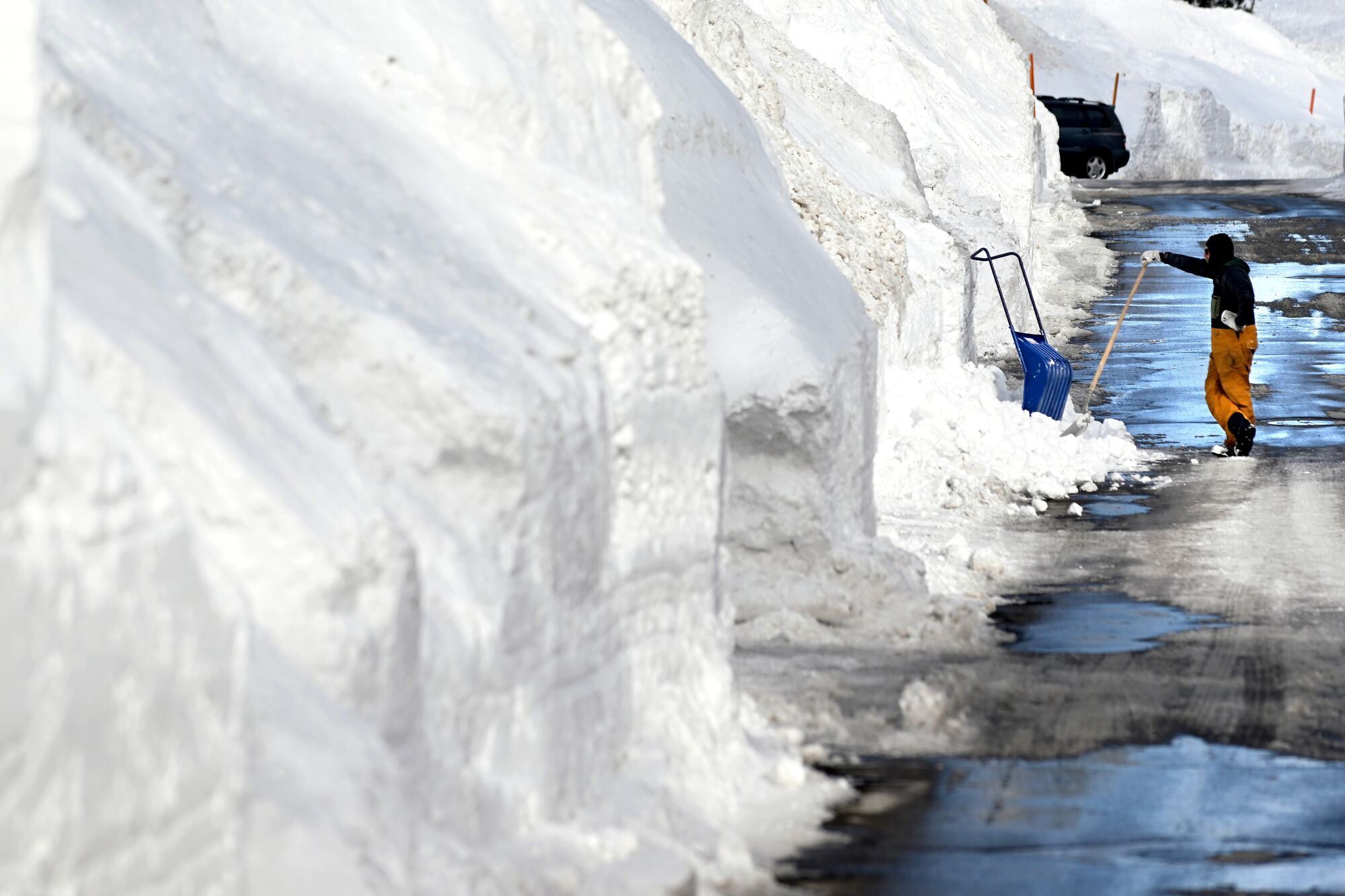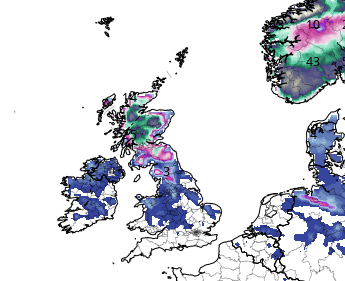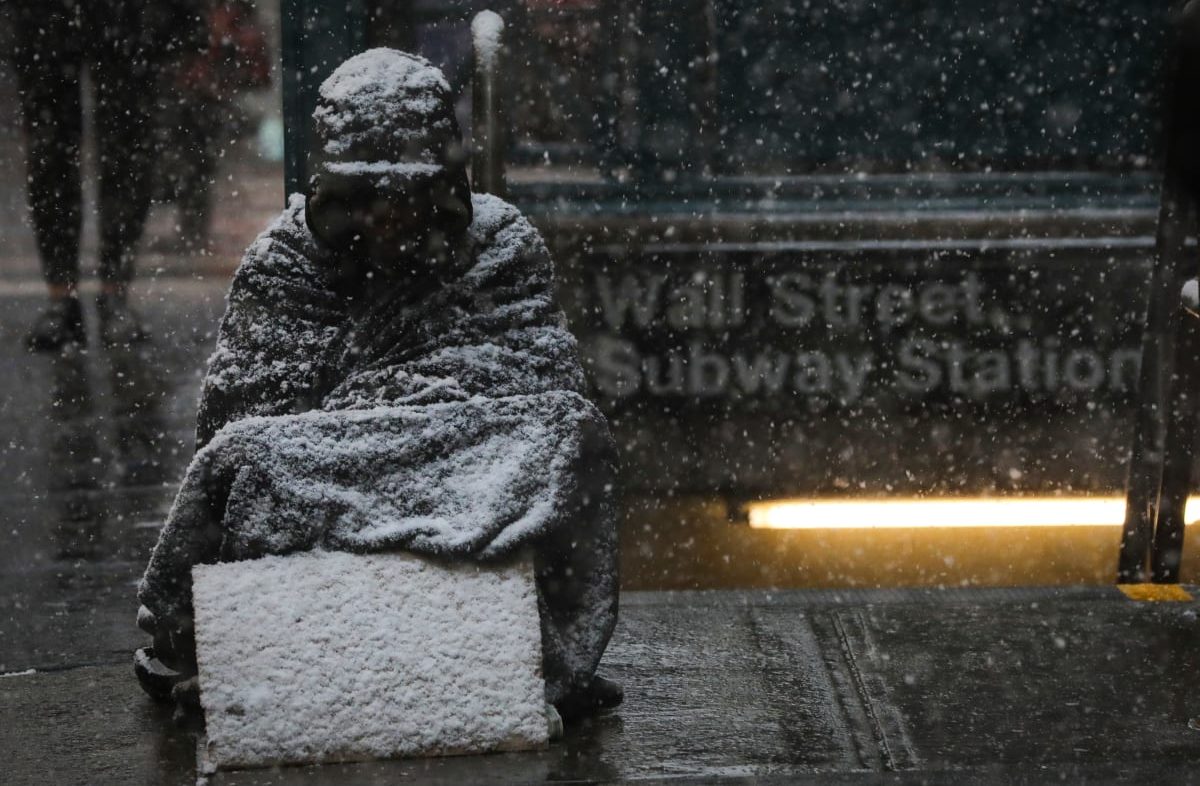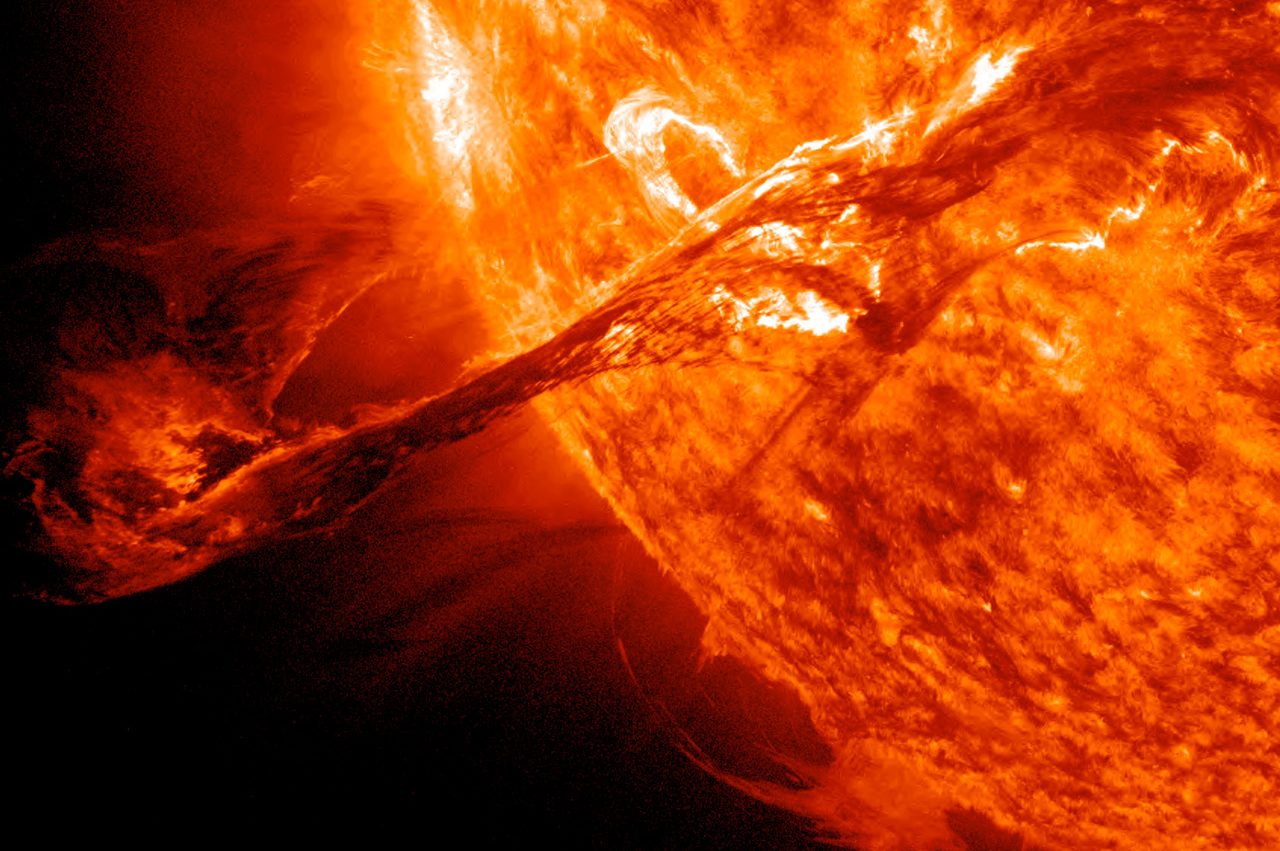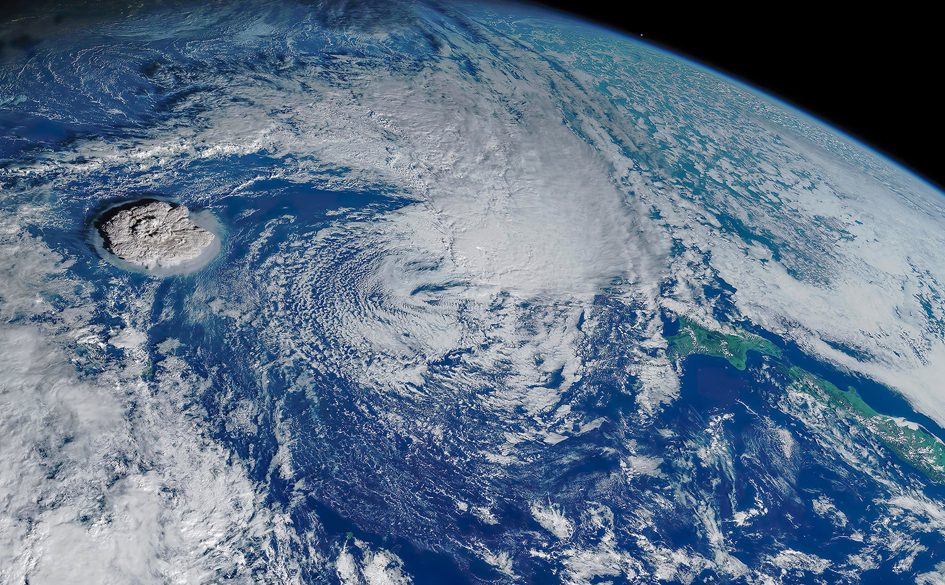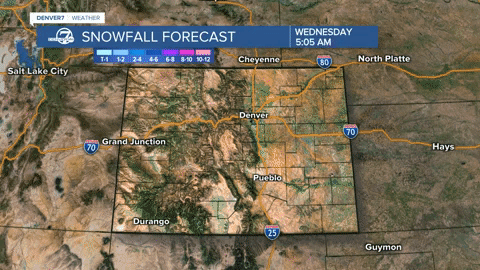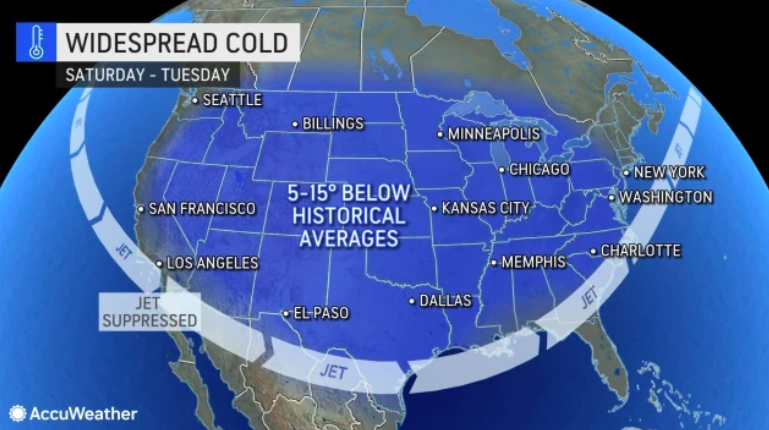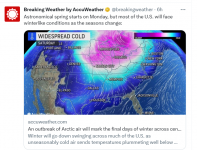alpha
Veteran Member
Electroverse
part two
Snow in southern California is even rarer, and these latest falls are starting to bust records.
Adoree
@WoWAdoree
·
Took a snow day since it never snows in Southern California, and spent the day sledding in the backyard.
View: https://twitter.com/i/status/1628941522497597442
9:14 PM · Feb 23, 2023
https://twitter.com/ReedTimmerAccu?...wiest-day-since-1943-europes-arctic-outbreak/
Reed Timmer, PhD
@ReedTimmerAccu
·
Southern California #SNOW sticking to the Joshua Trees below Wrightwood, California. #Blizzard warning above 4,000 feet! @accuweather
View: https://twitter.com/i/status/1628857825068978176
3:42 PM · Feb 23, 2023
“We don’t often get this cold of air coming into California,” said NWS meteorologist Brooke Bingaman as temperatures in Santa Rosa –for example– dipped to 28F (-2.2C) on Thursday — tying the previous record low for the day set in 2022, 1955 and 1911.
While in LAX, a record low 41F was observed on Thursday — a reading which ties the old record set as recently as 2019.
And it’s only forecast to get colder Friday (and into the weekend):

GFS 2m Temperature Anomalies for Fri, Feb 24 [tropicaltidbits.com].
Note: all but a slither of the SE are suffering severe cold–but guess which region the ‘warm-mongering’ MSM are devoting their ink to.
And snowier:

GFS Total Snowfall (inches) Feb 24 – March 12 [tropicaltidbits.com].
As of the Finish Meteorological Institute’s latest data-point (from Feb 21–so before these latest rounds of heavy snow), total snow mass for the Northern Hemisphere is trending up, holding above the 1982-2012 average, as it has all season, and threatening to take out the standard deviation, too:

[FMI]
Northern Hemisphere Snow Mass Tracks Above 1982-2012 Average, As It Has Done For The Past 7 Years

Clear for all to see–and for all climate alarmists to ignore–Northern Hemisphere snow mass is on the uptick, consistently running well-above the 1982-2012 average used by the FMI.
Portland’s Snowiest Day Since 1943
Portland hasn’t seen this much snow all at once in 80 years.
“This is a big deal,” said NWS meteorologist Tonja Fransen.
Portland International Airport logged 10.8 inches Wednesday, besting the 9.3 inches that fell on a January day in 1956 but not quite reaching the greatest snowfall accumulation in the city;s history — the 14.4 inches from 1943.
Gusty winds hampered clean-up efforts Thursday, and drove already frigid temps of 27F (-2.8C) down to a wind chill of 10F (-12.2C).

Below are Portland’s top 10 snowiest days since record began in 1939 (data courtesy of the NWS, compiled by oregonlive.com):
January 21, 1943: 14.4 inches
February 22, 2023: 10.8 inches
January 26, 1956: 9.3 inches
December 19, 1964: 8 inches
March 8, 1951: 7.6 inches
January 13, 1950: 7.5 inches
November 22, 1977: 7 inches
December 20, 2008: 7 inches
January 27, 1996: 6.6 inches
January 10, 2017: 6.5 inches
It was another frosty start for me this morning in Central Portugal — the 17th frost I’ve noted this February.
As per the latest GFS run, Portugal’s chill wont lift anytime soon, either.
Anomalous cold is forecast to persists across Western Europe for at least the next two weeks:

Unusual cold forecast from Feb 23 to March 8.
And with regards to that SSW-induced Arctic Outbreak we’ve been tracking, the weather models are doubling-down that ‘something is coming’ to Europe; however, latest runs have nudged those ‘blues’ and ‘purples’ a little to the east so as to engulf nations from France and Germany to the Ukraine and Russia — starting ‘proper’ around March 6:

GFS 2m Temperature Anomalies March 6 – March 9 [tropicaltidbits.com].
Enjoy your weekend!
I’m off out to plow a 1/2-acre plot, readying it for (trial) spring plantings of quinoa, Emmer, sorghum and sweetcorn.
I managed to source a knackered-old Hinomoto compact tractor that a local was renovating. I couldn’t let the opportunity pass and so pillaged the bank to buy it (€1000 for the tractor, two plows and a box — a steal!).
I’m considering uploading videos of our homesteading efforts onto YouTube, to demonstrate to others that such a venture is possible even with ZERO experience. But please let me know if I’d be wasting my time.
U.S. Breaks Hundreds Of Low Temperature Records, Snow Benchmarks Also Toppled; Central Europe Logs Lowest November Temps In Decades; Snow Warnings Issued In Sweden; + Cold IndiaNovember 21, 2022In "Extreme Weather"
Unprecedented 7.2 Feet Of Snow In Morocco Cuts Off 87 Villages; Power Outages In Georgia Due To Heavy Snow; + North America’s “Historic” Arctic Outbreak Arrives: “Blizzards, Brutal cold, and Record Snowfall”February 22, 2023In "Crop Loss"
part two
Snow in southern California is even rarer, and these latest falls are starting to bust records.
Adoree
@WoWAdoree
·
Took a snow day since it never snows in Southern California, and spent the day sledding in the backyard.
View: https://twitter.com/i/status/1628941522497597442
9:14 PM · Feb 23, 2023
https://twitter.com/ReedTimmerAccu?...wiest-day-since-1943-europes-arctic-outbreak/
Reed Timmer, PhD
@ReedTimmerAccu
·
Southern California #SNOW sticking to the Joshua Trees below Wrightwood, California. #Blizzard warning above 4,000 feet! @accuweather
View: https://twitter.com/i/status/1628857825068978176
3:42 PM · Feb 23, 2023
“We don’t often get this cold of air coming into California,” said NWS meteorologist Brooke Bingaman as temperatures in Santa Rosa –for example– dipped to 28F (-2.2C) on Thursday — tying the previous record low for the day set in 2022, 1955 and 1911.
While in LAX, a record low 41F was observed on Thursday — a reading which ties the old record set as recently as 2019.
And it’s only forecast to get colder Friday (and into the weekend):

GFS 2m Temperature Anomalies for Fri, Feb 24 [tropicaltidbits.com].
Note: all but a slither of the SE are suffering severe cold–but guess which region the ‘warm-mongering’ MSM are devoting their ink to.
And snowier:

GFS Total Snowfall (inches) Feb 24 – March 12 [tropicaltidbits.com].
As of the Finish Meteorological Institute’s latest data-point (from Feb 21–so before these latest rounds of heavy snow), total snow mass for the Northern Hemisphere is trending up, holding above the 1982-2012 average, as it has all season, and threatening to take out the standard deviation, too:
[FMI]
Northern Hemisphere Snow Mass Tracks Above 1982-2012 Average, As It Has Done For The Past 7 Years

Clear for all to see–and for all climate alarmists to ignore–Northern Hemisphere snow mass is on the uptick, consistently running well-above the 1982-2012 average used by the FMI.
Portland’s Snowiest Day Since 1943
Portland hasn’t seen this much snow all at once in 80 years.
“This is a big deal,” said NWS meteorologist Tonja Fransen.
Portland International Airport logged 10.8 inches Wednesday, besting the 9.3 inches that fell on a January day in 1956 but not quite reaching the greatest snowfall accumulation in the city;s history — the 14.4 inches from 1943.
Gusty winds hampered clean-up efforts Thursday, and drove already frigid temps of 27F (-2.8C) down to a wind chill of 10F (-12.2C).

Below are Portland’s top 10 snowiest days since record began in 1939 (data courtesy of the NWS, compiled by oregonlive.com):
January 21, 1943: 14.4 inches
February 22, 2023: 10.8 inches
January 26, 1956: 9.3 inches
December 19, 1964: 8 inches
March 8, 1951: 7.6 inches
January 13, 1950: 7.5 inches
November 22, 1977: 7 inches
December 20, 2008: 7 inches
January 27, 1996: 6.6 inches
January 10, 2017: 6.5 inches
Europe’s Looming Arctic Outbreak
It was another frosty start for me this morning in Central Portugal — the 17th frost I’ve noted this February.
As per the latest GFS run, Portugal’s chill wont lift anytime soon, either.
Anomalous cold is forecast to persists across Western Europe for at least the next two weeks:

Unusual cold forecast from Feb 23 to March 8.
And with regards to that SSW-induced Arctic Outbreak we’ve been tracking, the weather models are doubling-down that ‘something is coming’ to Europe; however, latest runs have nudged those ‘blues’ and ‘purples’ a little to the east so as to engulf nations from France and Germany to the Ukraine and Russia — starting ‘proper’ around March 6:

GFS 2m Temperature Anomalies March 6 – March 9 [tropicaltidbits.com].
Enjoy your weekend!
I’m off out to plow a 1/2-acre plot, readying it for (trial) spring plantings of quinoa, Emmer, sorghum and sweetcorn.
I managed to source a knackered-old Hinomoto compact tractor that a local was renovating. I couldn’t let the opportunity pass and so pillaged the bank to buy it (€1000 for the tractor, two plows and a box — a steal!).
I’m considering uploading videos of our homesteading efforts onto YouTube, to demonstrate to others that such a venture is possible even with ZERO experience. But please let me know if I’d be wasting my time.
Related
Coast-To-Coast Snowstorm Fells Records; First Blizzard Warning Issued In Los Angeles Since 1989; Special Weather Alerts In Canada; 13+ Feet Of Snow Hits Sochi, Russia; + Europe To FreezeFebruary 23, 2023In "Extreme Weather"U.S. Breaks Hundreds Of Low Temperature Records, Snow Benchmarks Also Toppled; Central Europe Logs Lowest November Temps In Decades; Snow Warnings Issued In Sweden; + Cold IndiaNovember 21, 2022In "Extreme Weather"
Unprecedented 7.2 Feet Of Snow In Morocco Cuts Off 87 Villages; Power Outages In Georgia Due To Heavy Snow; + North America’s “Historic” Arctic Outbreak Arrives: “Blizzards, Brutal cold, and Record Snowfall”February 22, 2023In "Crop Loss"







